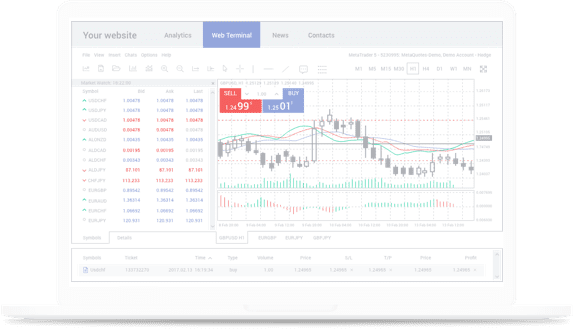How to Use Economic Indicators to Navigate the Forex Market

The forex market, a dynamic and often volatile environment, is shaped by countless factors. Among the most critical influences are economic indicators—key metrics that reflect the health of an economy. Understanding these indicators can help traders make informed decisions and better anticipate market movements. This blog explores the vital role economic indicators play in navigating the forex market and how you can leverage them for successful trading.
What Are Economic Indicators?
Economic indicators are statistical data points that represent the performance of an economy. They are released periodically by governments and financial institutions and provide insight into various aspects, such as labor markets, consumer spending, and inflation. Traders use these indicators as benchmarks to gauge economic trends and predict currency movements.
Some of the most commonly referenced economic indicators include:
• Gross Domestic Product (GDP)
GDP measures the total economic output of a country and is a key marker of economic health. A growing GDP often signals a strong economy and can boost a country’s currency, while a declining GDP has the opposite effect.
• Employment Data
Metrics such as the unemployment rate and payroll reports are closely watched to assess the state of job markets. A healthy labor market typically strengthens a nation’s currency.
• Inflation Rates
Inflation indicators, like the Consumer Price Index (CPI), reflect the rate at which prices for goods and services are rising. Moderate inflation signals economic stability, whereas extreme levels—high or low—can significantly impact currency value.
• Interest Rates
Central bank policies on interest rates influence borrowing costs, saving tendencies, and investment flows. A hike in interest rates usually attracts foreign investment, strengthening the currency.
Using Economic Indicators in Forex Trading
To effectively use economic indicators, traders need to stay informed about scheduled data releases, analyze their potential impact, and adjust strategies accordingly. Here’s how you can integrate them into your trading plan:
1. Track Upcoming Data Releases
Schedule announcements such as GDP reports, Non-Farm Payrolls (NFP), or inflation updates often create substantial market reactions. Monitoring these events can provide opportunities to enter or exit trades strategically.
2. Analyze Historical Trends
Comparing past data with current numbers helps identify trends and anticipate market responses. For instance, consistent GDP growth could indicate a bullish currency trend.
3. Combine Indicators for a Broader Perspective
Relying on a single metric can be risky. Instead, consider multiple indicators together. For example, rising employment data coupled with moderate inflation strengthens a currency’s outlook more reliably than either indicator alone.
4. Beware of External Factors
While economic indicators are essential, they don’t operate in isolation. Geopolitical events, natural disasters, and market sentiment can also influence currency movements. Keep these factors in mind when interpreting indicators.
Stay Ahead with Data-Driven Insights
Economic indicators offer a window into the fundamental forces shaping forex markets. By staying informed, analyzing data trends, and aligning them with your strategies, you can better predict market movements and make calculated trading decisions. The key to success lies in combining technical analysis with fundamental insights from these indicators, balancing short-term opportunities with long-term planning.